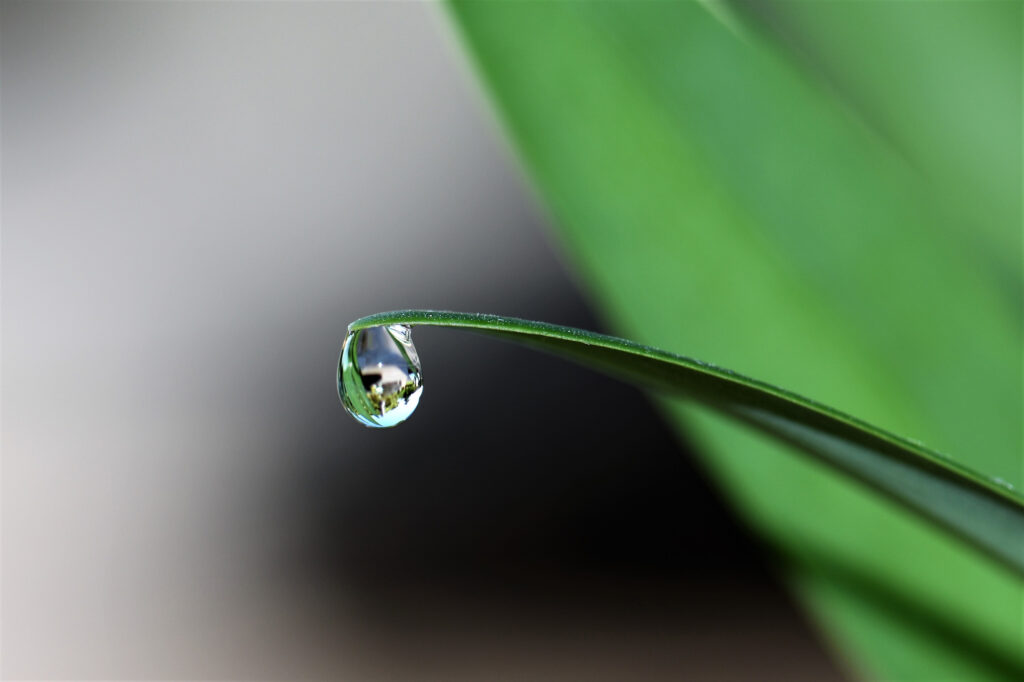
Who knew Colorado Springs had a monsoon season?
With June precipitation totals setting a new record for the city, it’s important to know where all the water around your home goes – particularly for those homeowners who found it pouring into their window wells, basements and crawl spaces.
The most common cause of basement water problems is the pressure created by the water in the soil surrounding the foundation. The loose soil around your foundation tends to absorb more water. The area around the home is often flooded with rainwater from clogged gutters or downspouts that are discharging water right next to the foundation.
Enter the sump pit, that strange round hole in the floor of your unfinished basement or tastefully hidden in a closet or behind drywall in a finished basement. Most often, that pit contains a sump pump. This system is designed to protect your home from heavy rains that leave behind enormous repair costs and structural damages.
It is estimated that more than 60 percent of U.S. homes have a sump pump, typically homes built around 1980 or after. But The National Foundation Repair Association (NFRA) found out that only 29 percent of homeowners with sump pumps know what they do and even fewer know how to ensure their sump system is working properly.
And while many homeowner insurance policies typically cover some types of water intrusion, your policy may not cover sources of internal water damage, such as failed sump pumps.
According to national foundation company Groundworks, which acquired Colorado-based Peak Structural in 2022, a sump pit is a water drainage mechanism placed in the lowest point of your home, in contact with the soil below, in a basin. If your pit has a submersible sump pump system, a float is activated when water levels rise too high, signaling the pump to start up on its own. It then drains the collected water through a series of interconnected pipes that make up your drainage system. These pipes divert the water to a safe spot outside, far from your vulnerable foundation.
Sump pumps are powered by electricity supplied by a standard wall outlet fitted with a ground-fault circuit-interrupter (GFCI), which prevents electrocution. A submersible sump pump, most common if installed in the pit, has a life span of five to 15 years.
If you experienced flooding or water intrusion, your Realtor© can direct you to a local foundation professional, structural engineer or plumbing expert to protect your home from further damage. There may be other solutions besides a sump pump that you need based on the age, location, and grading of your home.



0 Comments